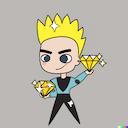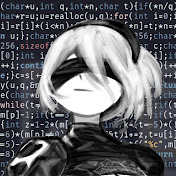EDIT: Everything is posted now, so I’ll respond to any questions I can answer for you now. Enjoy, and I hope you learn some new things!
Went to a bird banding event held by Wildlands Conservancy last night. Unfortunately this year has been a bit of a poor showing due to the warm weather, and we didn’t end up with any owls.
There was still a great presentation on the owls of Pennsylvania and the bird banding process. We did get to meet some of the educational owls and handle some nice examples of things being discussed.
I got some time to talk to the guy running the banding and the lady running the animal education part of things and got some of my questions answered. I’ve been becoming really interested in learning more of the regulatory side of things. There is a real web of agencies that govern how wildlife can be handled.
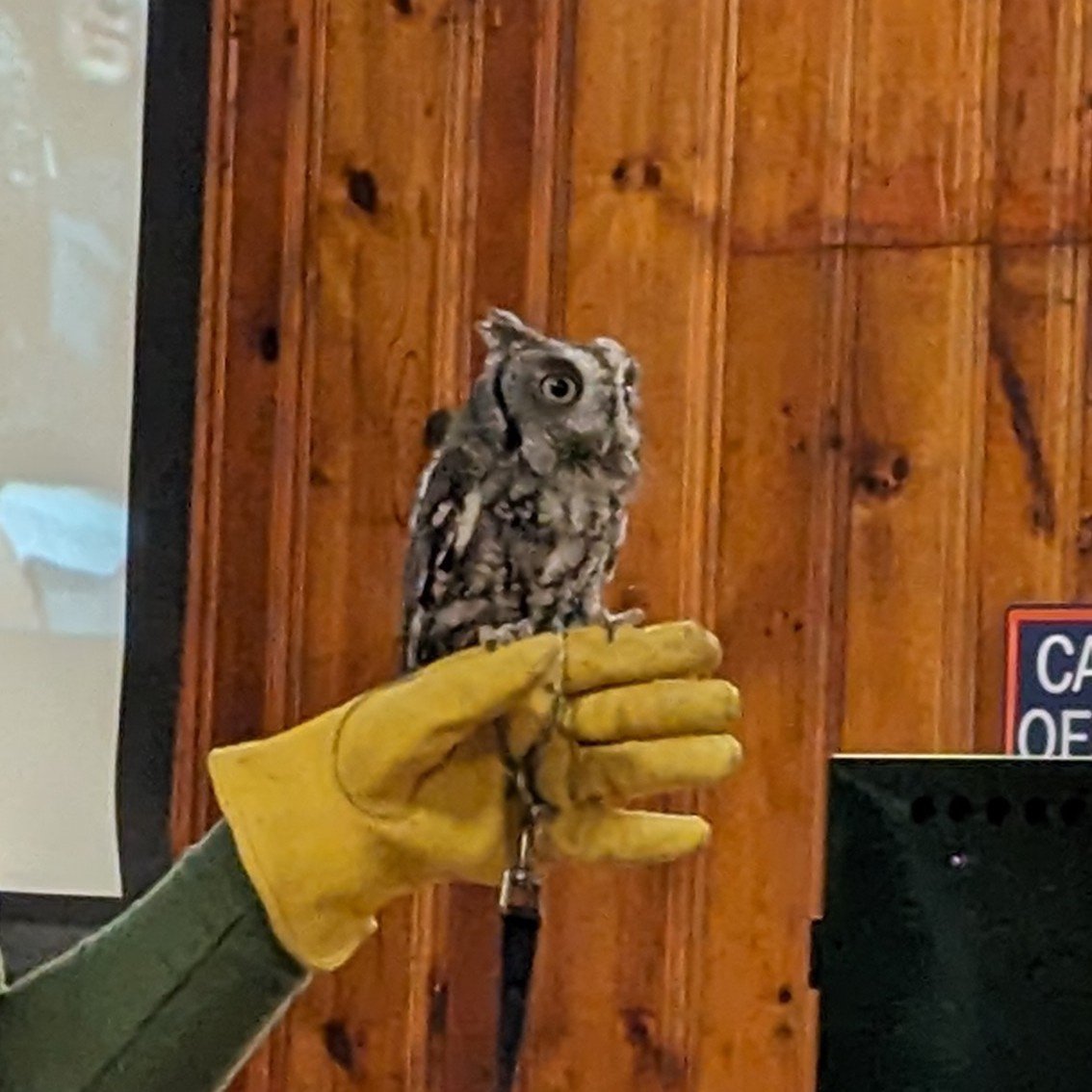


Olmsted, an Eastern Screech Owl

The bigger owls were much less cooperative 😅




Sunny the Barred Owl. Such a mopey face! 🥰
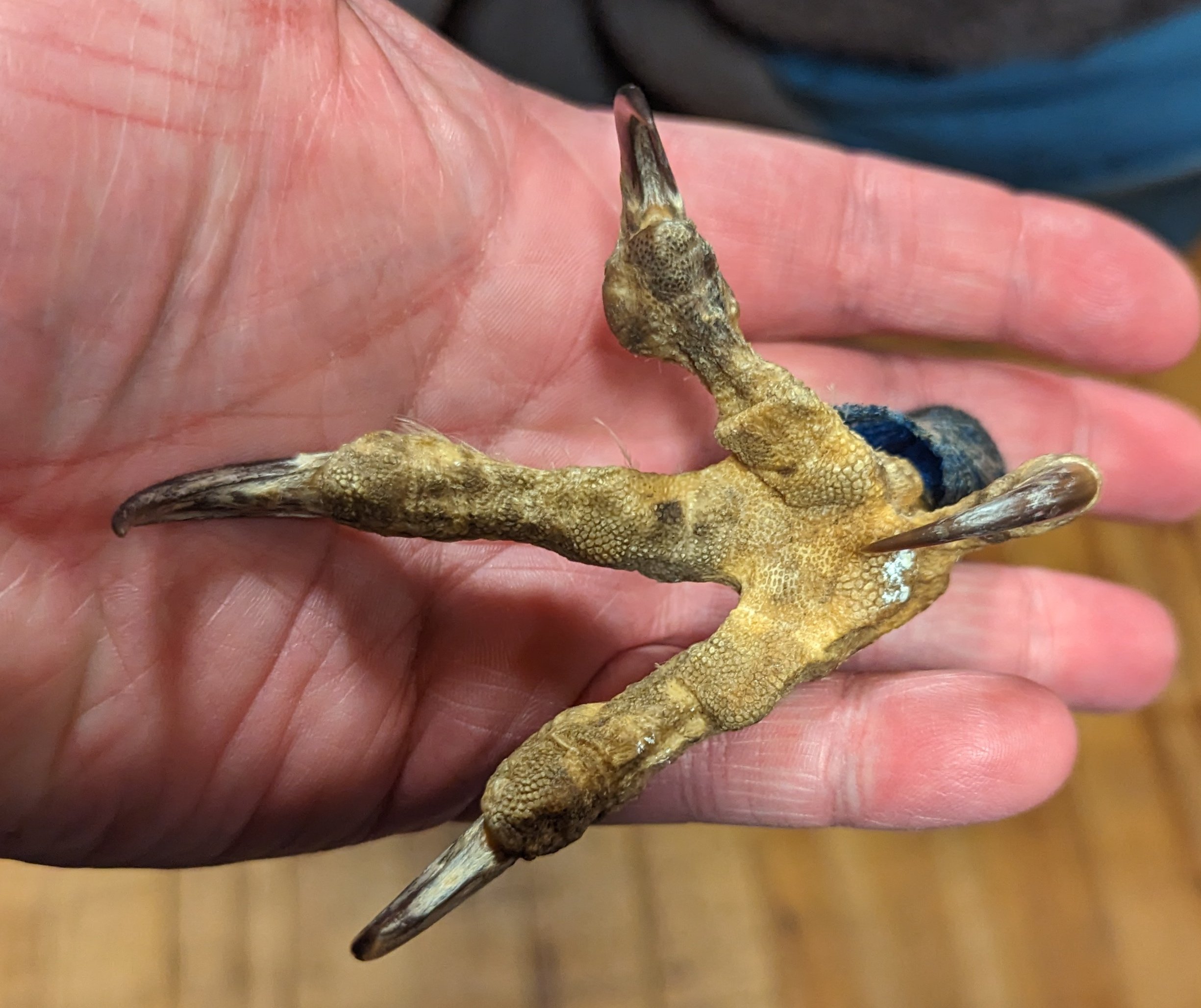
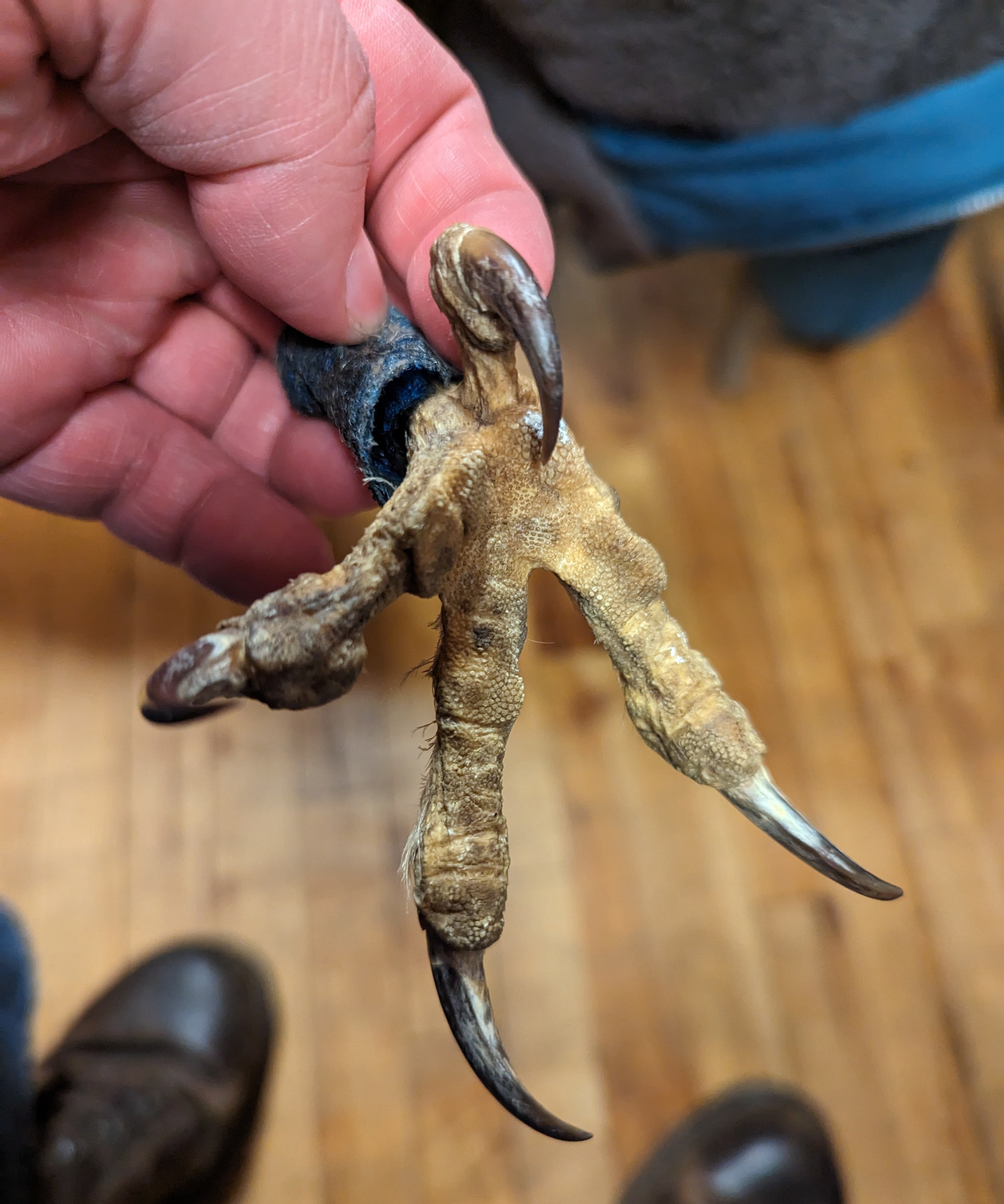

This is a foot of a Great Horned Owl. I feel my have in the pic doesn’t do the foot justice. I’ve measured my hand for reference and from wrist to middle finger tip, it’s 8 inches or 20 cm, so you can use that to gauge the size of the things I’m holding, if that helps.
While my hand is bigger, the owl would be many times more powerful in grip strength, probably 4x as strong as me due to way their tendons are structured. This bit of anatomy is one of their most crucial to survival.
Owls attack prey feet first to protect their face and the feet have both the sharp talons and grippy surface to grab on, and then this strong tendons will crush what they get a hold of, breaking the spine of the prey.
I’ll be honest: I came here not caring terribly much about owls, but now I feel something about owls. Thanks for participating in and posting all of this!
I figure this is true for most people coming here. I don’t hate the memes, it’s not what I do, but it can still be a gateway to learning if someone can catch your interest, which is what I try to do.
They are fabulous creatures, that need our love and respect to save their environment. Trees need to be almost 200 years old before they can support owls, as owls cannot make their own nests. Chemicals used on crops or to poison rodents kill huge numbers of owls that get exposed to the chemicals by touch or injestion.
They’re living creatures with unique abilities and varied personalities that are great to observe and spark an interest in our planet.
I’m really happy whenever I hear one of you have developed a new interest. It’s through small gestures like this that we’ll make the world a better place. Plus they ARE very fun to look at too!
I hope you keep coming back and growing your interest. I was just a casual observer too until coming here and watching this place be pretty dead. You never know where your interests will take you!

This is the banding station.
The books in the back are detailed guides about all North American bird species. It’s a good reference to all kinds of weights and measurements they will take on any of the birds they’re banding.
The grey plastic box in front of the books is a caliper for detailed measurements.
The beige cloth bag is for transporting the birds from the mist nets to the station.
The leg sizing gauge is the metal thing under the bird bag with all the cut outs.
There is a scale for getting weights on the birds.
The 3 little lights are UV lights for aging the birds by checking their molt patterns.
You can kinda see the banding and debanding pliers at the base of the 3 lights.
The metal clipboard has all the paperwork to record the required observations and all the licensing required by the USGS to conduct the banding.
Some rulers for taking measurements of the wings, beak, etc
Off to the right, the board with little containers stuck to it has different size bird bands.
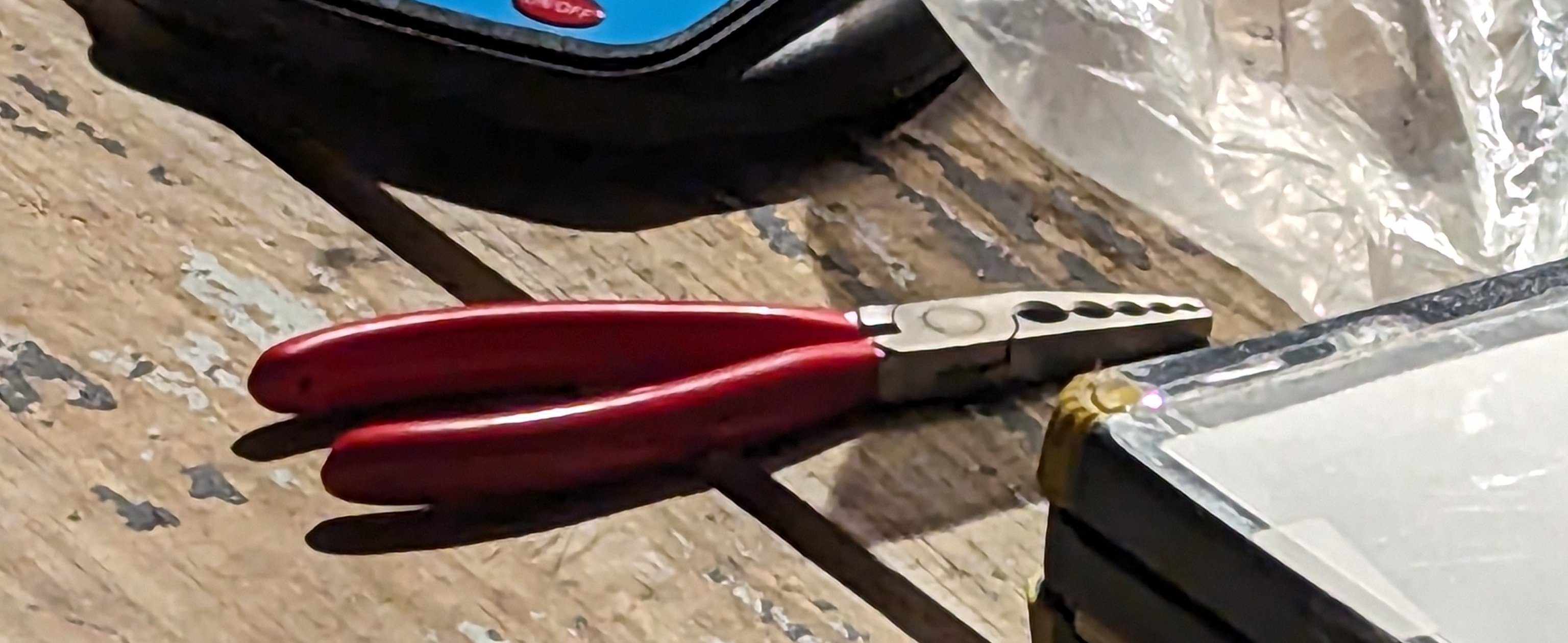
I tried to zoom in on the pliers, but didn’t have much luck. I had hoped they’d pass it around, but they did not.
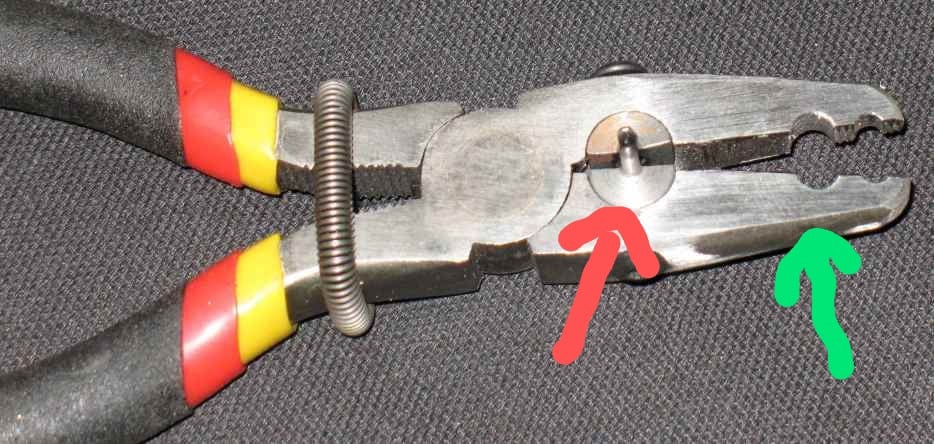
He did have another one in his bag that looked like this one I’ve posted before with the band spreading post on the side. You can see here again though, there is nothing sharp to poke the bird with, it’s just a smooth hole that is sized bigger than the birds leg.
I did follow up on the question from our last banding talk about outgrowing bands.
Birds do not outgrow the bands. By the time they leave the nest, they are essentially full grown birds as far as their skeleton is concerned, so the tarsus where the band is placed is not really going to change in size. They do leave it loose enough that the feathers on the leg can move freely, so it is not snug to the leg either. Most owls have leg feathers while most other birds do not. It helps keep them silent in flight and to stay warm in colder climates.
This is really cool, thanks for sharing.
Glad you enjoyed it! The full post is up now, so check back for anything new!

Here is a string of bands. I do have a big hand, but these bands were pretty small, as their goal was to band screech owls and saw whets, which are small owls.
A Screech Owl would probably be a bit larger than my fist, a Saw Whet is probably about the size of a more average fist.
The bands are made of aluminum, and you can see then stamped with serial numbers.
The small bands like these have ends that butt up together and aren’t crimped or fixed together since most birds can’t pull these off. Bands for eagles and other larger birds have crimps or bolts.
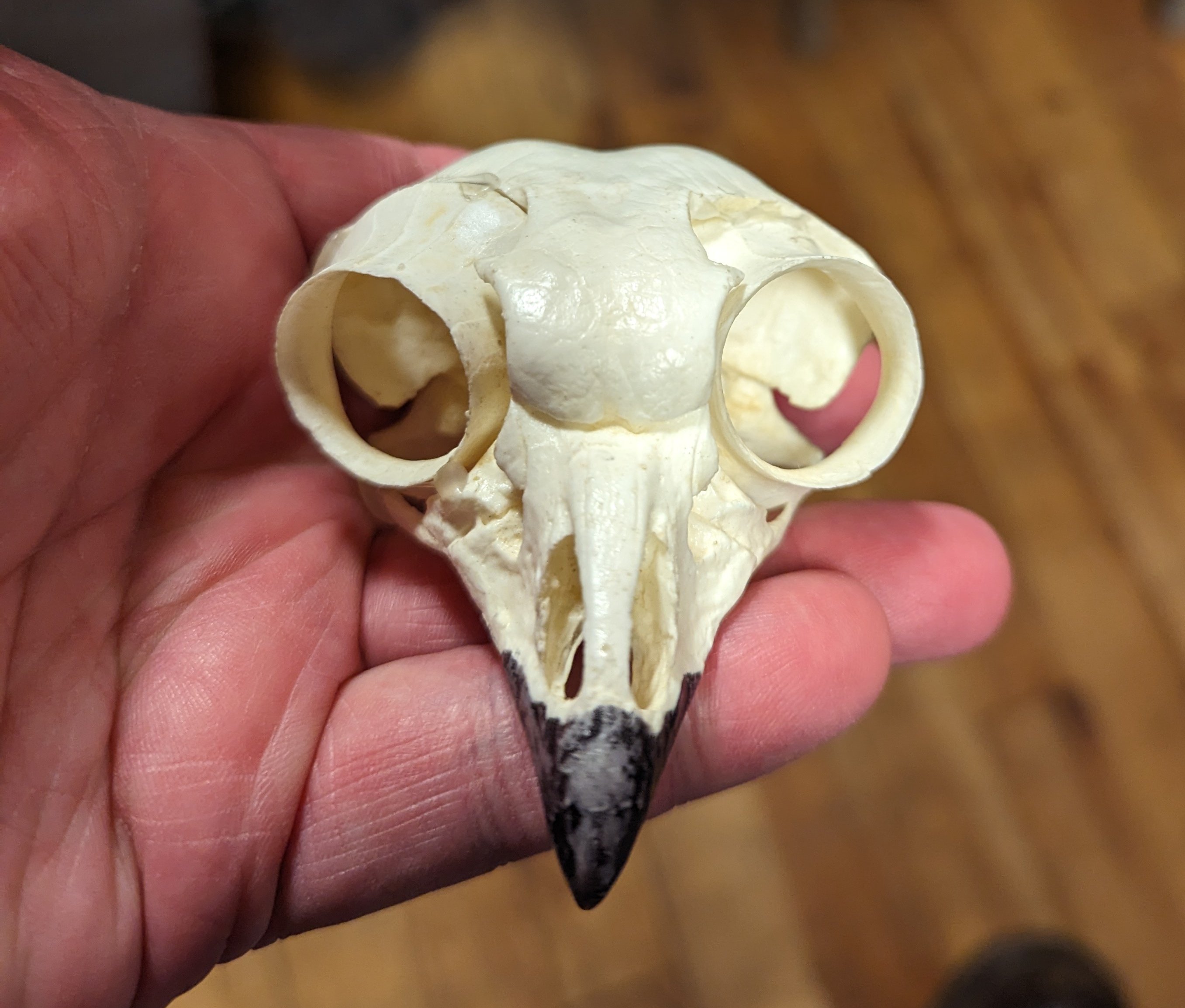
Barn Owl skull. Here you can see the boney eye structures that support those massive powerful eye tubes.
Owls have the best night vision, but the lady said hawks and falcons have much better overall vision. She said the Red Tailed Hawk essentially has a 20x optical zoom built into its eyes. For nocturnal vision though, the owl can’t be beat.
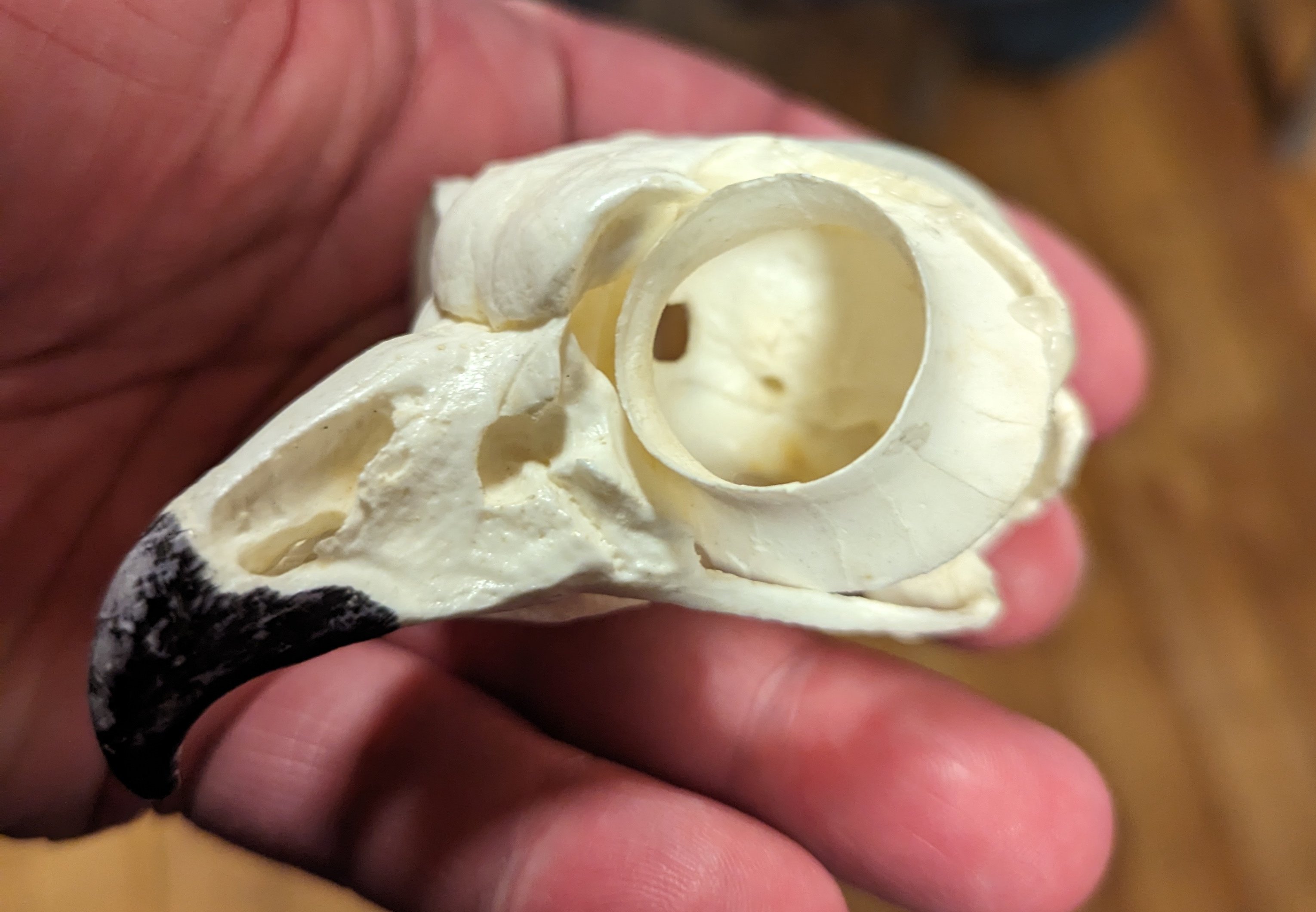

Just realized I didn’t really get you any good pics of the ear openings on the skull. You can kinda see them, but not as good as I could have gotten. Here’s a highlighted model for you instead.


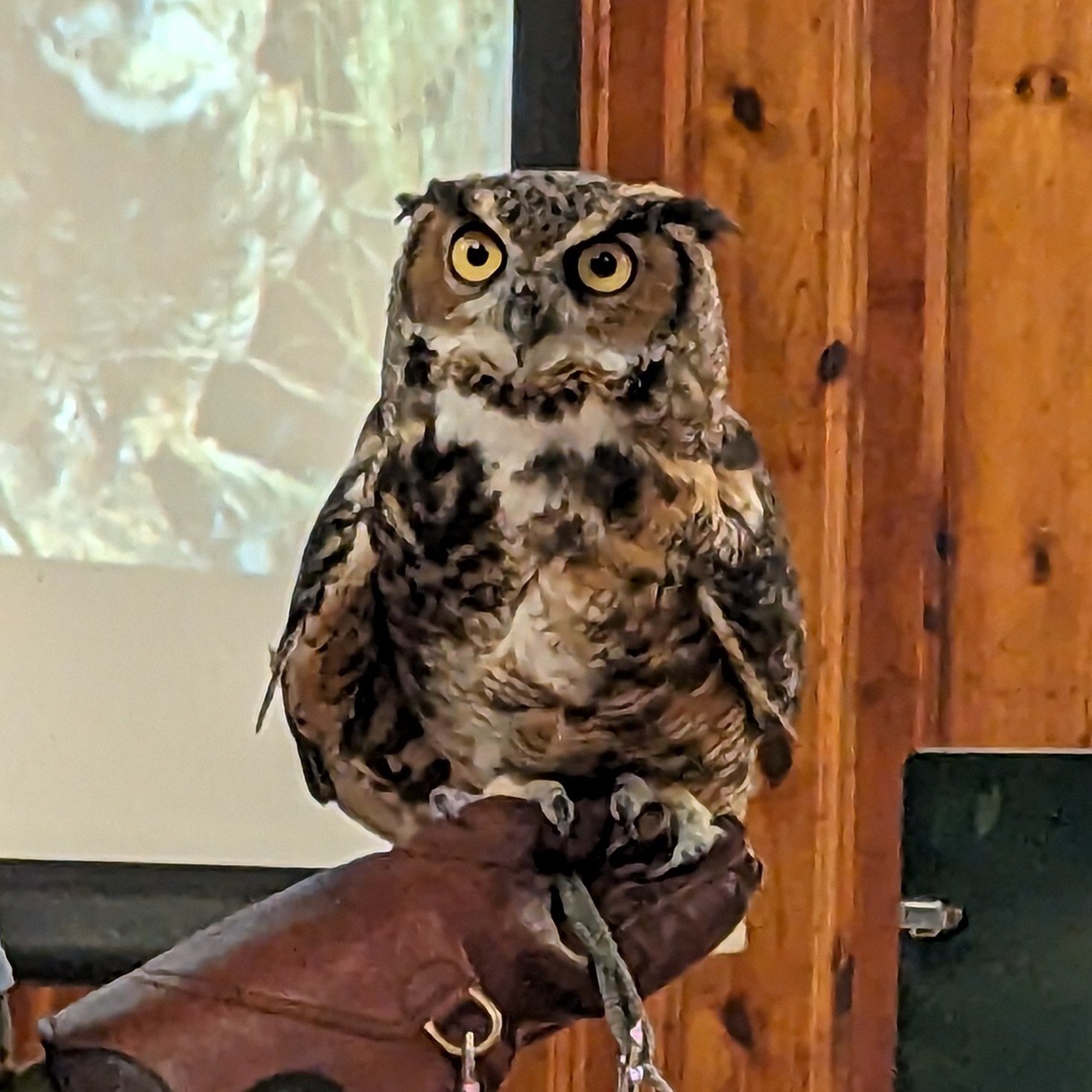
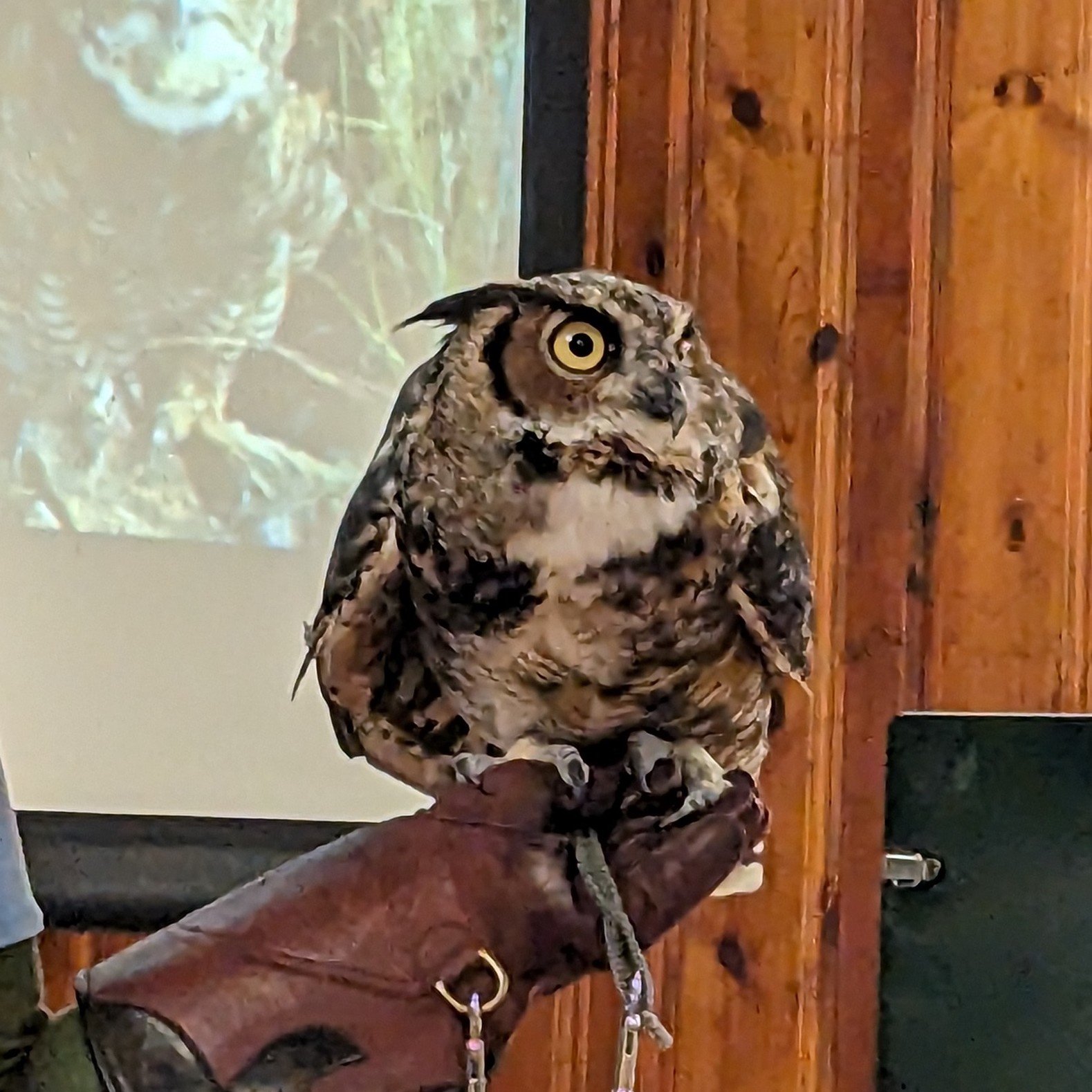
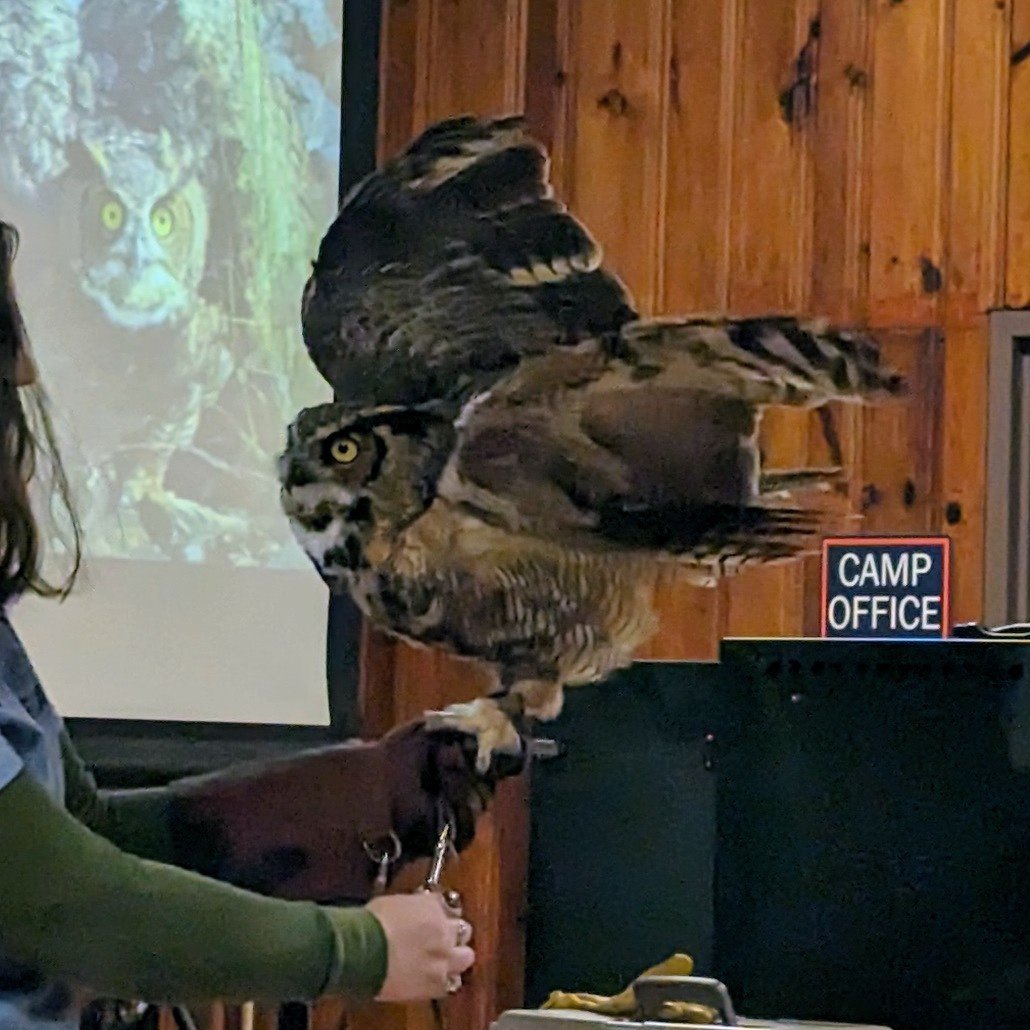
Strig, the Great Horned Owl
Other misc facts I learned:
Some of the raptor gloves for bigger birds are made of kangaroo leather, which is tougher than cow leather. Looking at product descriptions, it describes kangaroo leather as the most puncture resistant leather, which is good when dealing with large powerful talons.
The operculum is the muscle that controls an owl’s ears. Fish also have operculum muscles, which are what flaps their gills.
To start a banding program, you need to apply to the government and demonstrate you have the ability to handle the birds you want to study and write a report detailing why you want to study a particular bird species in a particular area and get their approval. There is very much involved in the whole licensing program.
There are different mist nets to catch different birds. The program leader said a hawk would punch right through his nets, but they are put out at night for the owls in places owls are likely to fly and not other birds.
The nets are checked every 20 minutes while they are out. It is illegal to possess mist nets without a license as they are abused for poaching. To possess any bird or part of a bird without a license is a felony and it is taken very seriously, so it was neat to be able to handle feathers and parts of the raptors in person.
You can’t age a bird by the UV light technique after 4 or 5 years. When they are younger, they don’t have enough energy to replace them all every year, but once they get strong enough they can, so it become impossible to age them. They’re just considered “adult birds” from then on.
There’s probably more that in forgetting, but it was a lot of fun. It was a 2 hour program and was a $15 donation for attendance and we got refreshments as well. Very much worth it, and would have been even more amazing if we had caught some owls, but that’s the luck of the draw…
I’m learning all these people are so knowledge because of how rigorous the requirements are to get any of these jobs, and there are many long and random hours of dedication involved too with with them, because you largely have to do it on the animals’ schedules, so everyone you will meet really knows their stuff and loves to share there knowledge because they practically have to make it their life.
When I was young I used to go out every Saturday with my dad and a guy that was part of a bird banding group. We mostly caught warblers and chickadees and a few others line that.
I learned how to hold birds, band them, untangle them from the nets, and all about their personalities. It was so much fun getting to hold wild birds and track their migratory patterns.
Many birds we would see on the same week every year. It’s amazing.
I think they’re way more strict about who can hold or untangle birds now. So I feel even more privileged to have gotten to participate as a kid (teenager).
That’s great you got a chance to do that! Finding someone to tag along with seems the best way to get into it still.
When I was little, or neighbor had a blueberry bush he would cover with netting and I would sneak back there to look for birds caught in the net and set them free.
The last few years, I’ve been feeding my backyard jays and have come to know them pretty well and got to see all their babies this year and they all still come around every day looking for treats. It’s fun to see the kids try to act tough, but the adults show them there still tougher.
It’s good there are so many rules to keep out people that would traffic or harm animals, but it seems to make it hard for an adult to get into while still having a day job. I’m going to keep looking for a good opportunity to do something though. Nothing beats hands on experience for getting these memories!

Screech Owl vs Prairie Falcon feathers

Great Horned Owl vs Red Tailed Hawk feathers
You can see the owl feathers are fatter and rounder for silent flight while the hawk and falcon are sleeker and pointier for more speed at the cost of more flapping sound.


Tried to get some shots of the unique combed edges of the feathers that make the sound killing micro turbulence. These have seen a lot of handling from guests, so not the best, but you get the idea.
This is a great post and I learned a lot today! I didn’t realize just how interesting owls were even though I had general knowledge about them
great photos btw🤗
I never get tired of knowing coming here is a positive experience for you all!
I feel I know a lot after doing this for a few months, but every time I meet a pro, I end up learning many new things. I hope to keep sharing what I learn with you all.
The photos this time came out much better than the library event last weekend. I was a bit closer, and the lighting was less harsh, and I tried to zoom less. Seems to have worked better overall, so I was glad to see that.
Thank you for the brilliant, and through post. I learned so much! 👏👏👏👏
Come check it out now that it’s complete. Even more great stuff for you. I’m very happy you enjoyed it!



